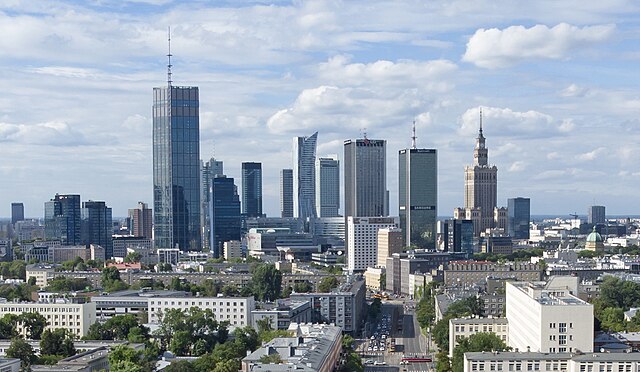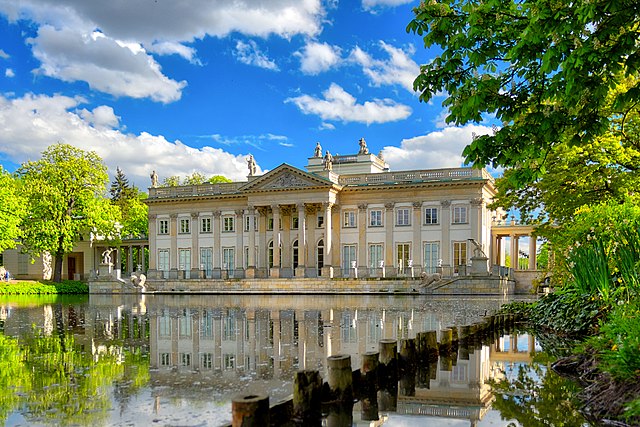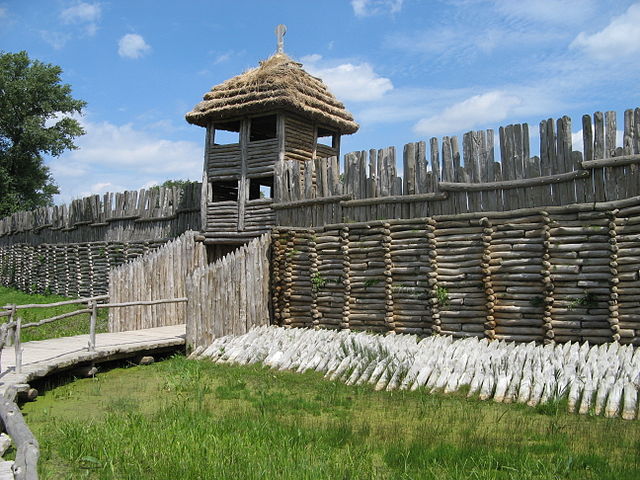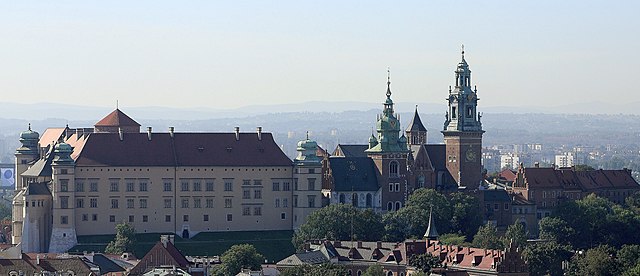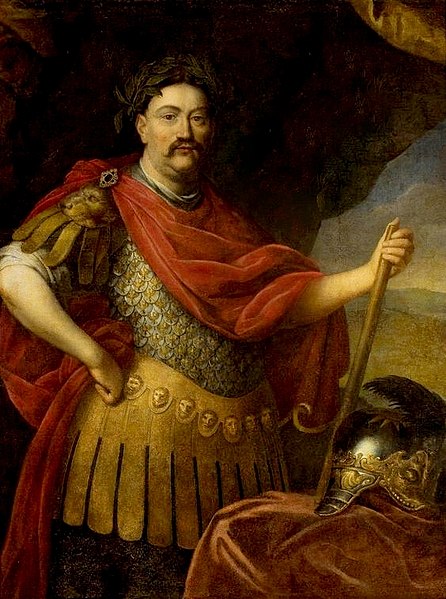Warsaw, officially the Capital City of Warsaw, is the capital and largest city of Poland. The metropolis stands on the River Vistula in east-central Poland. Its population is officially estimated at 1.86 million residents within a greater metropolitan area of 3.27 million residents, which makes Warsaw the 7th most-populous city in the European Union. The city area measures 517 km2 (200 sq mi) and comprises 18 districts, while the metropolitan area covers 6,100 km2 (2,355 sq mi). Warsaw is an alpha global city, a major cultural, political and economic hub, and the country's seat of government. It is also capital of the Masovian Voivodeship.
Image: Aleja Niepdleglosci Warsaw 2022 aerial (cropped)
Image: 2017 05 27 Plac Zamkowy w Warszawie 1
Image: Warszawa, ul. Nowy Świat 72 74 20170517 004
Image: Pałac na wodzie w Łazienkach Królewskich (cropped)
Poland, officially the Republic of Poland, is a country in Central Europe. It extends from the Baltic Sea in the north to the Sudetes and Carpathian Mountains in the south, while its longest river is the Vistula. Poland has a temperate transitional climate and is the fifth-most populous member state of the European Union, with its sixteen voivodeships having a total population of over 38 million and covering a combined area of 312,696 km2 (120,733 sq mi). It is bordered by Lithuania and Russia to the northeast, Belarus and Ukraine to the east, Slovakia and the Czech Republic to the south, and Germany to the west. The nation's capital and largest metropolis is Warsaw. Other major cities include Kraków, Wrocław, Łódź, Poznań, and Gdańsk.
A reconstruction of a Bronze Age, Lusatian culture settlement in Biskupin, 8th century BC
The Battle of Grunwald was fought against the German Order of Teutonic Knights, and resulted in a decisive victory for the Kingdom of Poland, 15 July 1410.
Wawel Castle in Kraków, seat of Polish kings from 1038 until the capital was moved to Warsaw in 1596
King John III Sobieski defeated the Ottoman Turks at the Battle of Vienna on 12 September 1683.

